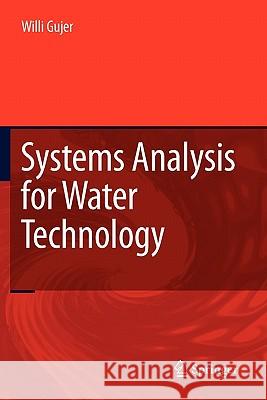Systems Analysis for Water Technology » książka
Systems Analysis for Water Technology
ISBN-13: 9783642095962 / Angielski / Miękka / 2010 / 462 str.
This book has a rather long history. It goes back to 1980, when environmental engineering evolved from sanitary engineering as a new and broader engineering discipline. I had the assignment to teach a course in mathematical modeling of technical systems as part of a new postgraduate course in Urban Water Mana- ment and Water Pollution Control at ETH in Zurich. I decided to teach this course on a rather abstract level, with the goal of introducing methods that are generally applicable across the different disciplines of what was then defined as envir- mental engineering. Now I teach a graduate course in methods for urban water management, which heavily relies on the material I compiled in the 1980s. This course is offered in the first semester of the master education in environmental engineering at ETH; it requires four hours of lecturing and problem sessions a week during one semester. The students earn six credit units (ECTS). Of all the engineering disciplines, environmental engineering appears to be among those that maintain the most intimate contacts with the natural science disciplines. Only a detailed understanding of chemical, physical, and microbial processes will lead to engineered systems that fulfill the requirements of society and the environment and at the same time do not require excessive economic and natural resources.











